1. Gold Moss Sedum
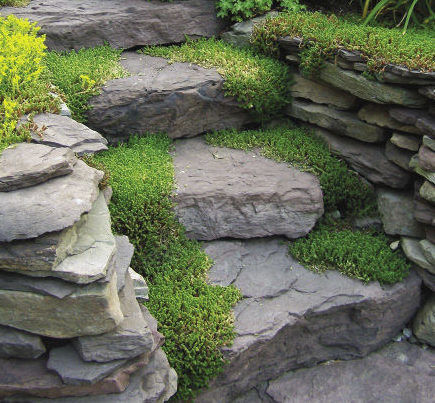
Name: Sedum acre and cvs.
USDA Hardiness Zones: 3 to 8
Size: Up to 3 inches tall, spreading indefinitely
Conditions: Full sun to light shade; well-drained soil
When snow is absent in winter, this perennial forms a dark green blanket over an otherwise-lifeless bed. It turns brighter green in warmer temperatures and blossoms into a carpet of yellow in summer. Gold moss sedum forms a ruglike mat over stones, which you can lift and cut with scissors. Drop a patch on top of the soil in another sunny spot in your garden and off it goes.
2. Snow Fountains® Weeping Cherry
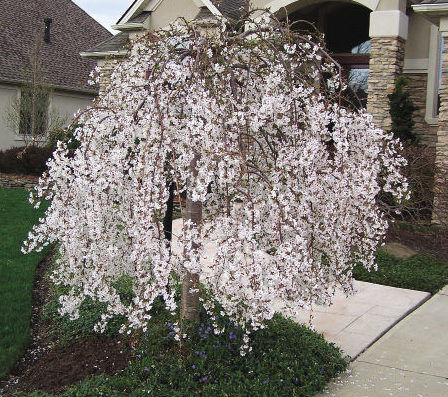
Name: Prunus ‘Snofozam’
Zones: 5 to 8
Size: Up to 18 feet tall and 12 feet wide, depending on how you prune it
Conditions: Full sun; moist, well-drained soil
In early spring, Snow Fountains® weeping cherry looks like something a bride could wear; in summer, the tree looks more like a green Rastafarian. Its fall color starts out yellow and turns vibrant orange. When the snow falls, it looks just like it does when it blossoms in spring. New growth shoots out where you prune, so selectively remove the branches at varying heights to keep a natural cascading shape. Some people trim it the way my mom used to trim my bangs; don’t torture it this way, or you’ll create a giant mushroom.
3. Creeping Woolly Thyme
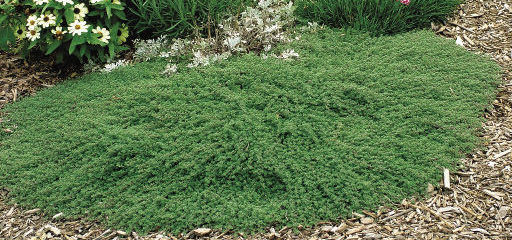
Name: Thymus pseudolanuginosus
Zones: 5 to 9
Size: Up to 3 inches tall, spreading indefinitely
Conditions: Full sun to light shade; lean, well-drained soil
This soft, dusty blue-green ground cover looks as if it were melted and poured over the garden. While creeping woolly thyme barely changes with the seasons—beyond its scattering of pink flowers in summer—it performs some neat tricks. In winter, it blushes slightly purple and covers the garden like a dusting of snow. On dewy mornings in spring, summer, and fall, water droplets rest high on the plant’s tiny hairs, and it shimmers. As if the texture weren’t enough of a reward, the scent of thyme fills the air when the plant is crushed. Magical.
4. ‘Prairiefire’ Flowering Crabapple
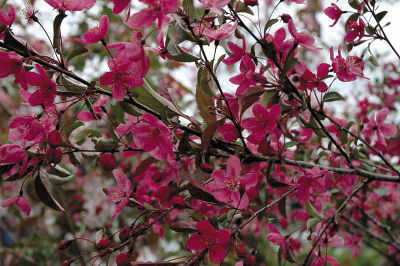
Name: Malus ‘Prairiefire’
Zones: 5 to 8
Size: Up to 20 feet tall and wide
Conditions: Full sun; moist, humus-rich, well-drained soil
Plenty of trees can win a beauty pageant in spring, and this deep pink flowering crabapple is no exception. But this bronze-foliaged beauty turns heads in summer, too, with bright red new growth. The leaves stick around, unlike those of some crabapples, because ‘Prairiefire’ is resistant to scab and fire blight. As the foliage brightens to shades of gold in fall, marble-size, merlot-colored berries appear; they are, apparently, not as delicious as they are beautiful (birds don’t prefer them), so the berries remain while the snow falls.
Jan Meissner is a garden designer who tends her award-winning garden in Avon, Ohio.
Photos: (#1 and #2), Jan Meissner; (#3), Nancy J. Ondra; (#4), www.millettephotomedia.com

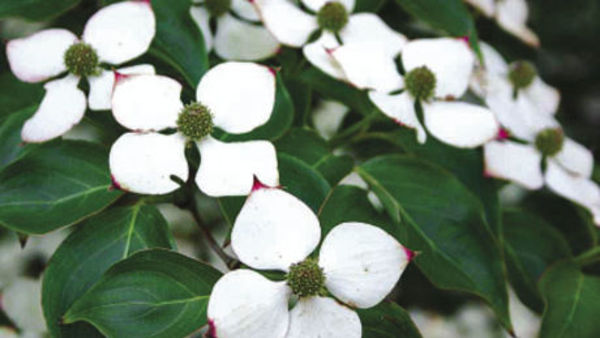


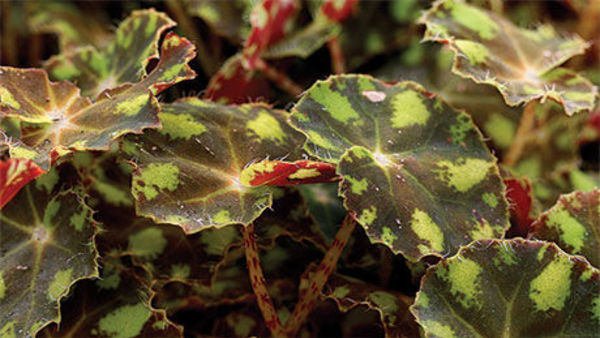












Comments
Log in or create an account to post a comment.
Sign up Log in